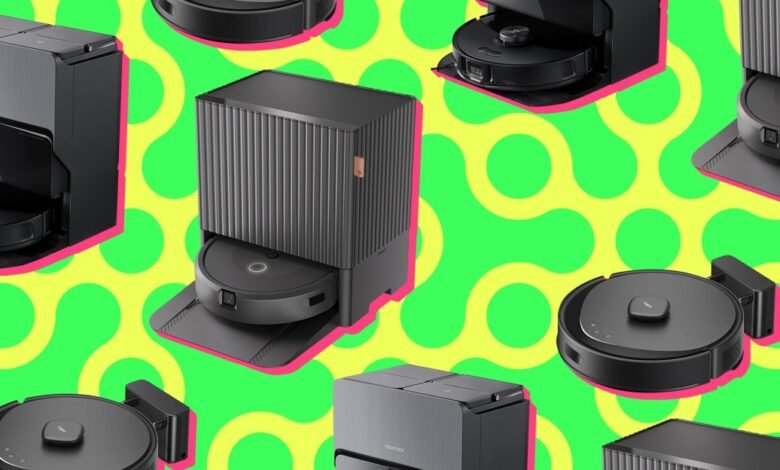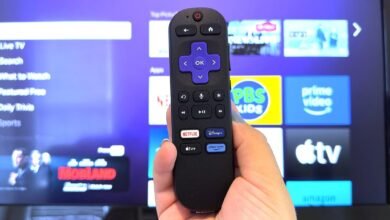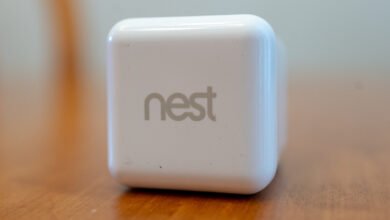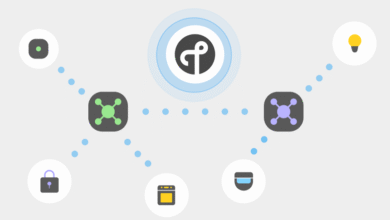Our Top-Tested Robot Vacuums for 2025

▼ Summary
– The author has extensive experience testing over 70 robot vacuums and recommends models based on rigorous evaluations of cleaning, mopping, navigation, and convenience features.
– Key factors in robot vacuum performance include suction power, brush design, mopping effectiveness, obstacle detection, mapping accuracy, and self-emptying capabilities.
– The Roborock S8 MaxV Ultra is the top overall pick for its strong vacuuming, good mopping, advanced AI obstacle detection, and comprehensive self-maintenance features.
– Other recommended models include the budget-friendly Tapo RV30 Max Plus, the Narwal Freo X Ultra for superior mopping, the Dreame X40 for hybrid performance, and the Roomba Combo 10 Max for pet hair.
– Important considerations when choosing a robot vacuum are floor type, home size, specific needs like mopping or pet hair, and the balance between automation, performance, and price.
Finding the perfect robot vacuum can transform how you maintain your home, offering a blend of powerful cleaning, smart navigation, and hands-free convenience. These devices have evolved from simple floor sweepers into sophisticated home assistants capable of vacuuming, mopping, and even self-cleaning. After years of rigorous testing across dozens of models, we’ve identified the top performers that deliver exceptional results with minimal effort.
Our selection includes options tailored to specific needs, whether you require superior mopping, pet hair pickup, or budget-friendly performance. There’s a model suited for every home, from spacious houses with multiple pets to compact urban apartments.
Testing Methodology
We evaluate robot vacuums through continuous real-world use and structured trials. Multiple units operate simultaneously in varied environments to assess everyday reliability. Key tests include obstacle avoidance with items like cables, socks, and simulated pet waste, along with debris collection using cereals, oatmeal, and flour. We examine performance across different floor types, monitor mopping effectiveness on stains like dried milk and ketchup, and test features like self-emptying, mapping accuracy, and smart home integration.
Cleaning Performance
Suction power alone doesn’t define cleaning quality, brush design plays a critical role. Large rubber rollers outperform small bristle brushes in debris collection and hair resistance. Dual brushes and flexible housings that adapt to floor contours enhance effectiveness. Most modern units include mopping, but capabilities vary significantly. We prioritize models that remove dried stains and handle spills without self-soiling. Oscillating or vibrating mops clean better than passive cloth draggers, and emerging self-cleaning systems raise the bar further. Auto-carpet detection remains essential to prevent accidental rug mopping.
Convenience Factors
Larger dust bins reduce emptying frequency; capacities above 500ml are desirable. While many bots now include mopping and self-empty docks, some models balance large bins with dock-free designs for discreet storage. Self-emptying docks are increasingly standard and more affordable, automating debris disposal into replaceable bags. These systems operate loudly but minimize manual intervention. Many brands offer dock-upgrade options, though bundled purchases often provide better value.
Intelligence and Navigation
AI obstacle detection helps robots avoid clutter and hazards like pet waste. Camera-equipped models use visual processing to navigate around objects, reducing stoppages and improving completion rates. Mapping technology enables efficient coverage, room-specific cleaning, and virtual barriers. Most robots employ SLAM-based navigation via lidar or vSLAM, ensuring thorough cleaning without random bouncing.
Ease of Use
A well-designed app offers intuitive controls, scheduling, and mapping features. Room-specific settings and easy map editing are valuable, while unstable apps cause frustration. Voice control compatibility varies, with some platforms allowing detailed commands like targeted cleaning under furniture.
Battery and Maintenance
Most robots support recharge-and-resume functionality, but runtimes of 120–180 minutes allow full-home cleaning in one session. Longer operation prevents interruptions and user annoyance. Given the significant investment, repairability and part availability ensure longer product lifespans and reliable support.
Top Recommendations
Best Overall: Roborock S8 MaxV Ultra This model excels as both a vacuum and mop, featuring dual rubber brushes, 10,000Pa suction, and advanced AI obstacle detection. Its comprehensive self-maintenance includes auto-emptying, mopping pad cleaning, and water refilling. The reintroduced RGB camera improves navigation, making it nearly hands-free. For ultimate convenience, a plumbing-ready version eliminates water tank handling. While its mopping is very good, competitors like the Dreame X40 Ultra or Narwal Freo X Ultra specialize in mopping but trail in vacuuming and obstacle avoidance.
Best Budget: Tapo RV30 Max Plus
Priced around $300, this model offers lidar navigation, room-specific cleaning, and an auto-empty dock, features typically found in costlier units. Its 5,200Pa suction handles hard floor debris well, though carpet performance is modest. The mop provides adequate surface cleaning with a large 300ml tank. The app allows detailed customization, but the small battery may require recharging during larger cleaning sessions. A dock-free version is available for those preferring compact storage.
Best for Hard Floors
Narwal Freo X Ultra This model stands out for mopping performance, with rotating triangular pads applying significant pressure. Its large dual water tanks extend operation, and the compostable dustbin compresses debris for less frequent emptying. It operates quietly and includes adaptive cleaning features, though navigation and app usability need improvement. Its vacuuming is competent but not exceptional.
Best Hybrid
Dreame X40 Ultra This hybrid automatically removes and reattaches mop pads, enabling seamless transitions between vacuuming and mopping. Its extending brushes and oscillating mops access tight spaces effectively. With 12,000Pa suction, it cleans well, though single-brush design limits carpet performance compared to dual-brush models. The app can be unstable, but features like spill detection and separate vacuum-then-mop cycles add flexibility.
Best Mid-Range
Eufy X10 Pro Omni Combining vacuuming and mopping with AI obstacle detection, this model offers solid performance across functions without excelling in any single area. Its mopping handles dried stains well, and the app is user-friendly with accurate mapping. However, brush design and occasional navigation issues hold it back from top-tier status.
Best for Pet Hair:
Roomba Combo 10 Max iRobot’s dual counter-rotating brushes remain unmatched for pet hair removal. This model includes mopping and self-cleaning, with excellent AI that distinguishes between debris and hazards. The app is straightforward but lacks advanced customization, and navigation relies on slower vSLAM technology. Its dock design allows use as a table, adding practical value.
Additional Considerations
Other notable models include the Dyson 360 Vis Nav for carpet cleaning power despite navigation limitations, the Roomba j7 for vacuum-only excellence, and the Dreame X30 Ultra as a discounted hybrid alternative. The Roborock Q8 Max Plus improves upon its sibling with better mopping, while the Shark Matrix Plus 2-in-1 offers capable mopping with manual maintenance.
Ongoing Evaluation
We continue to test new and upcoming models to provide current recommendations, ensuring our insights reflect the latest advancements in robot vacuum technology.
(Source: The Verge)





